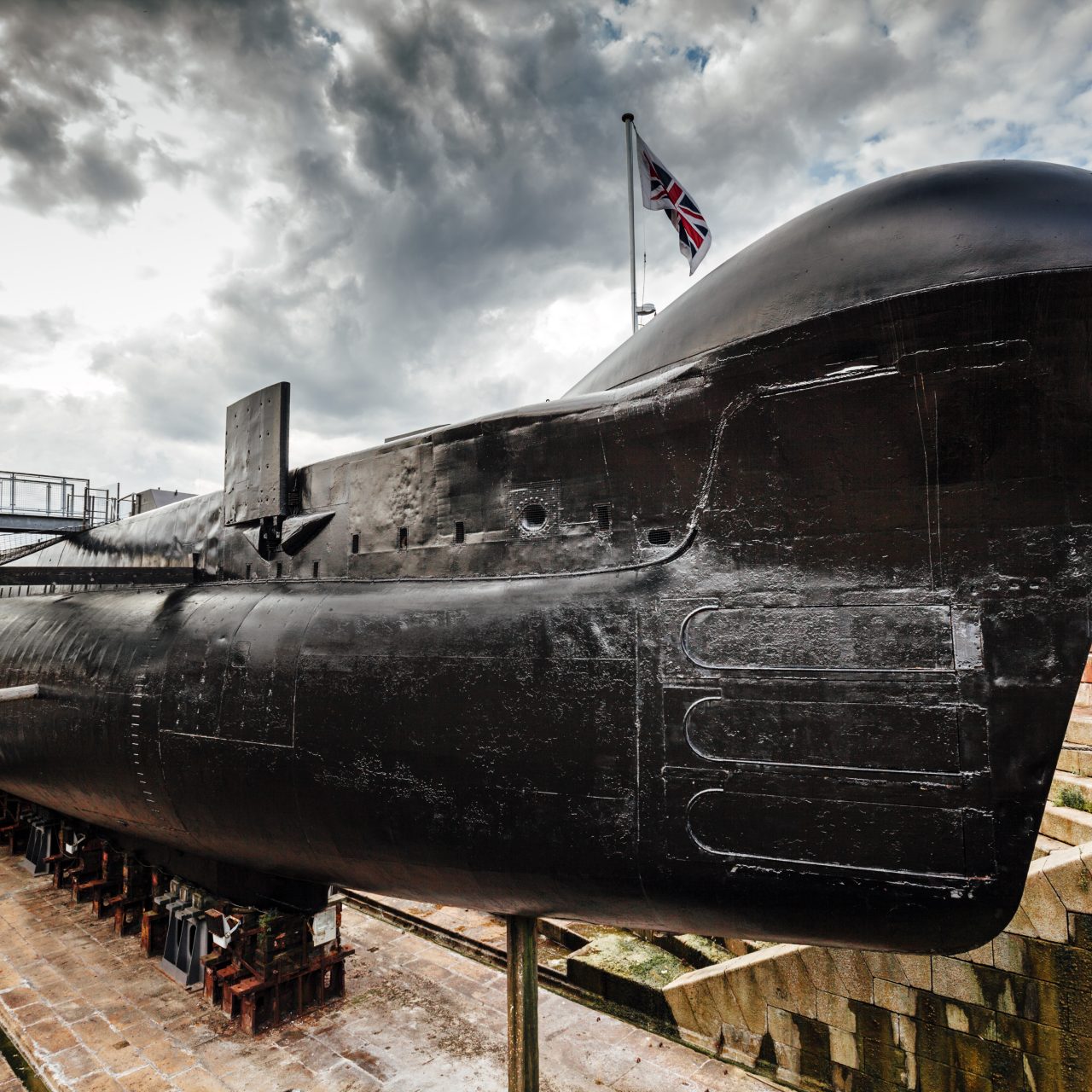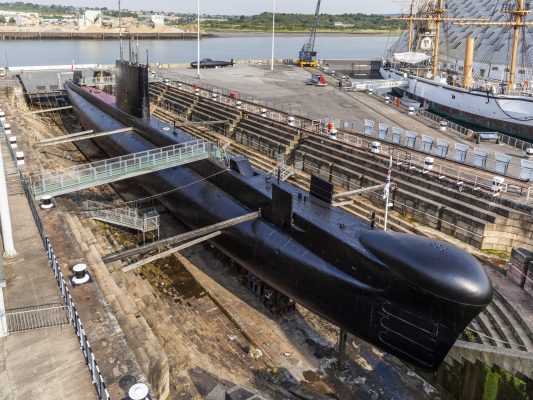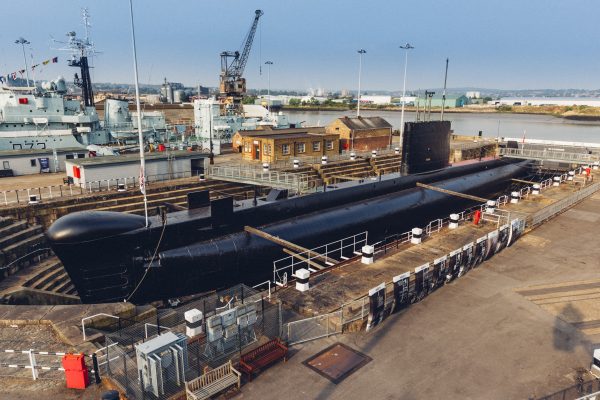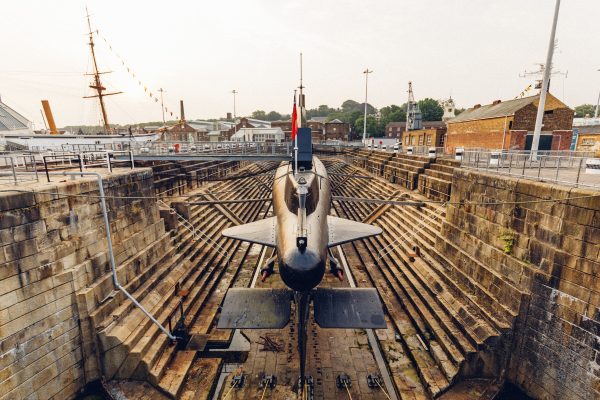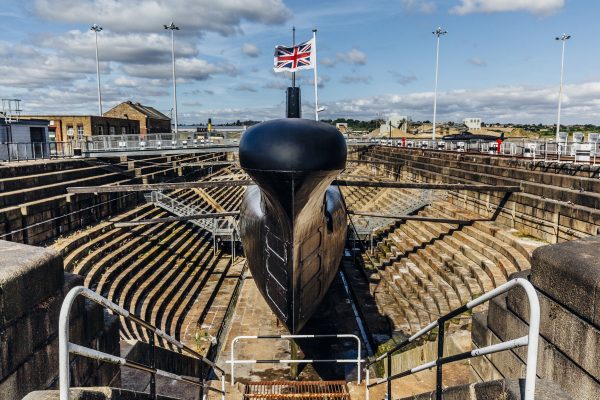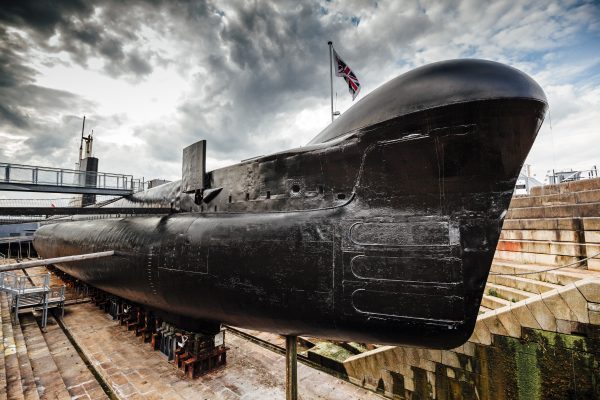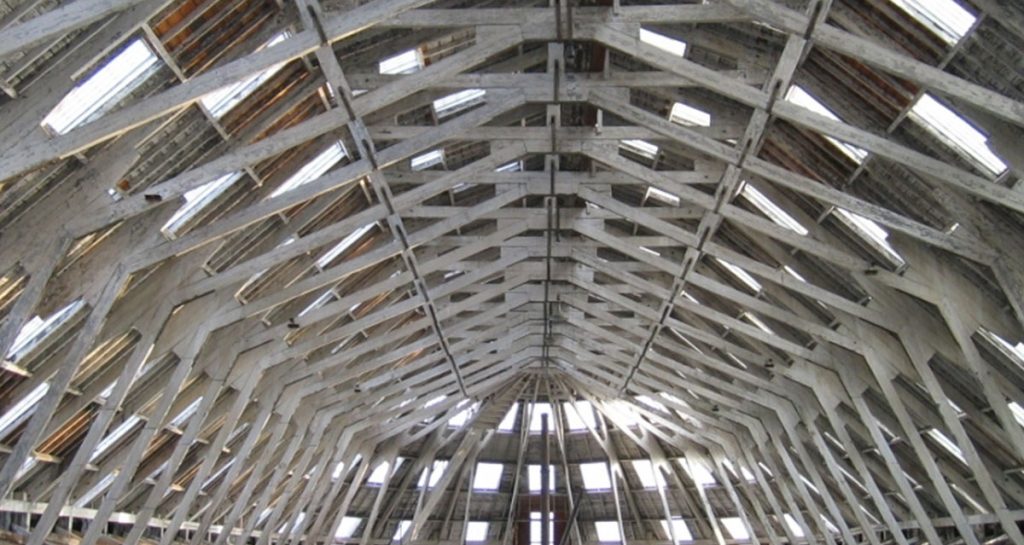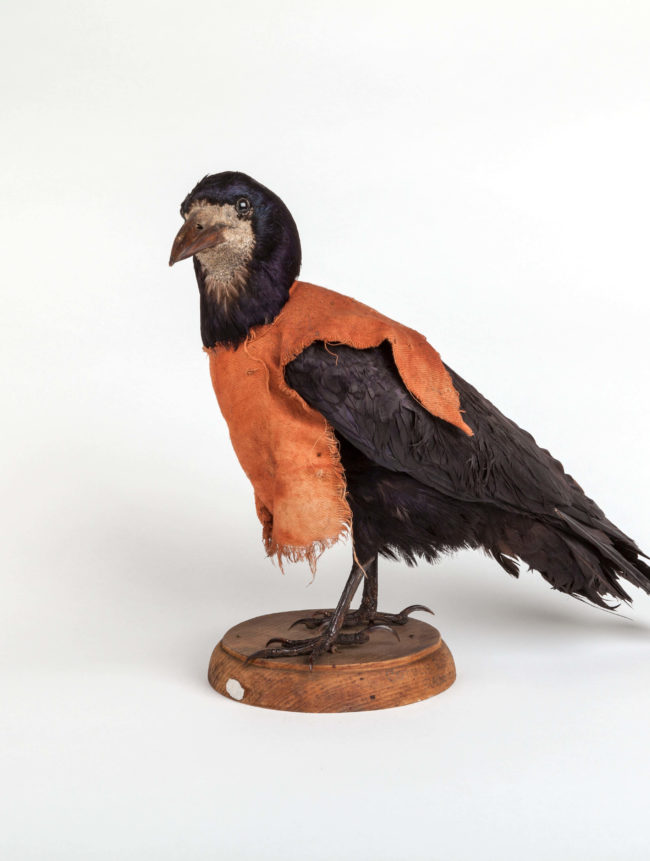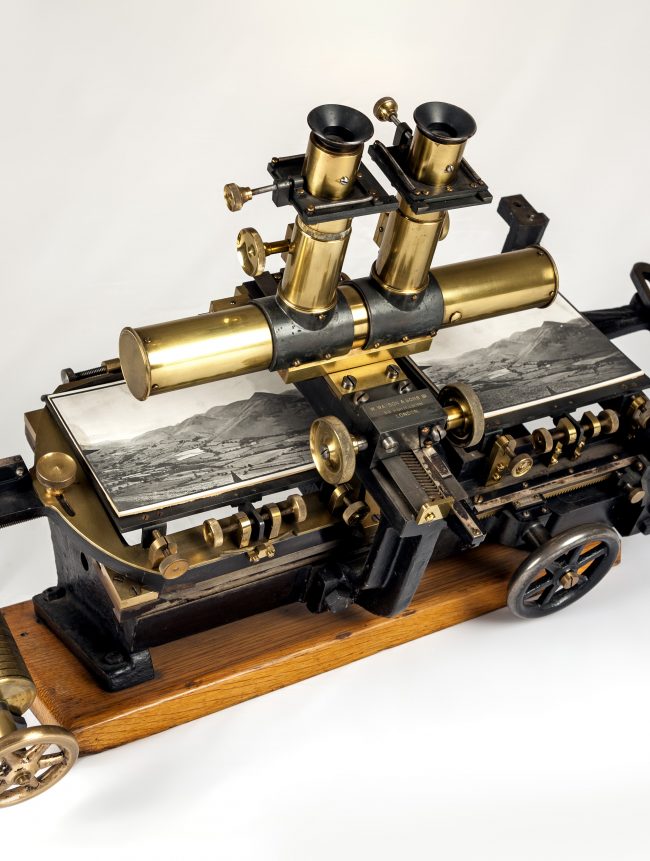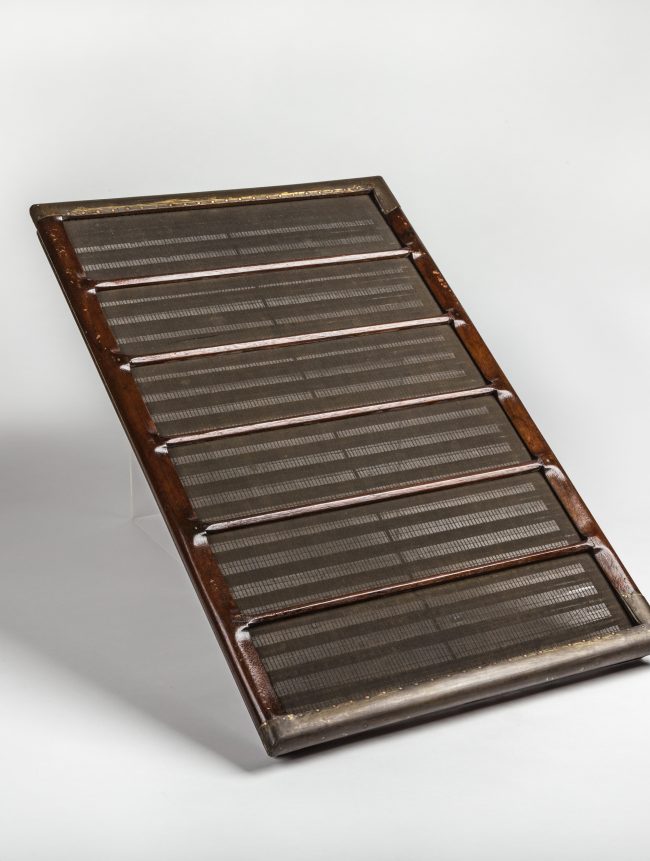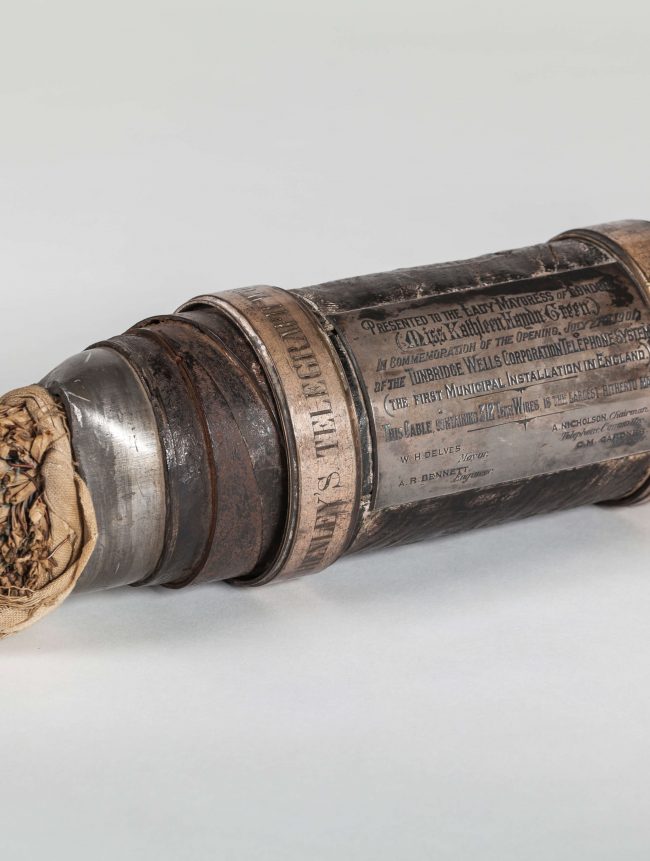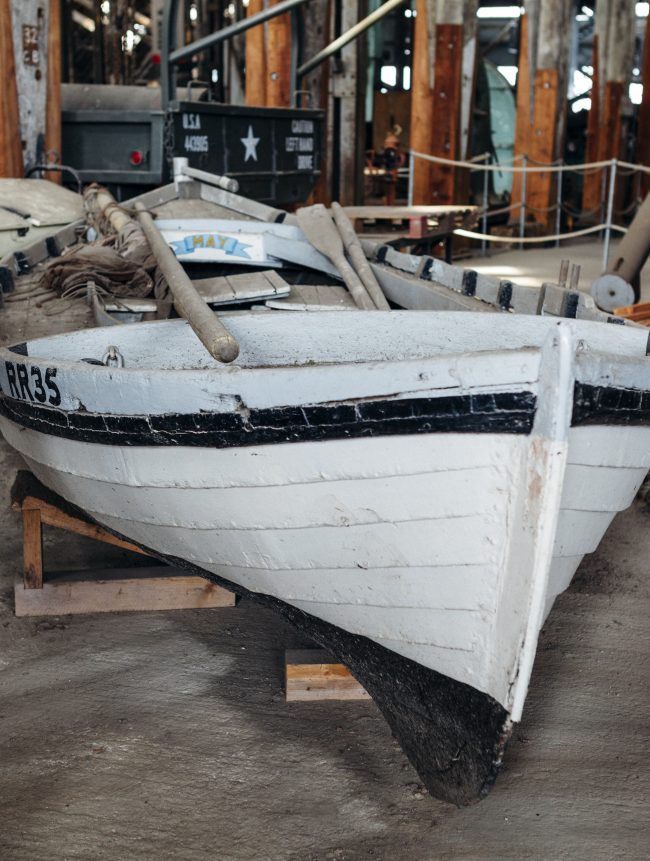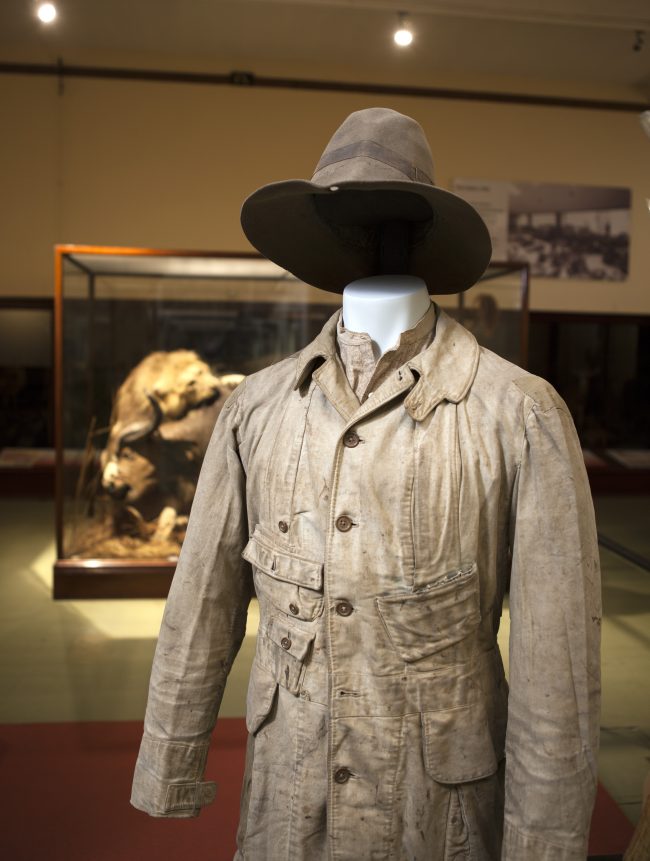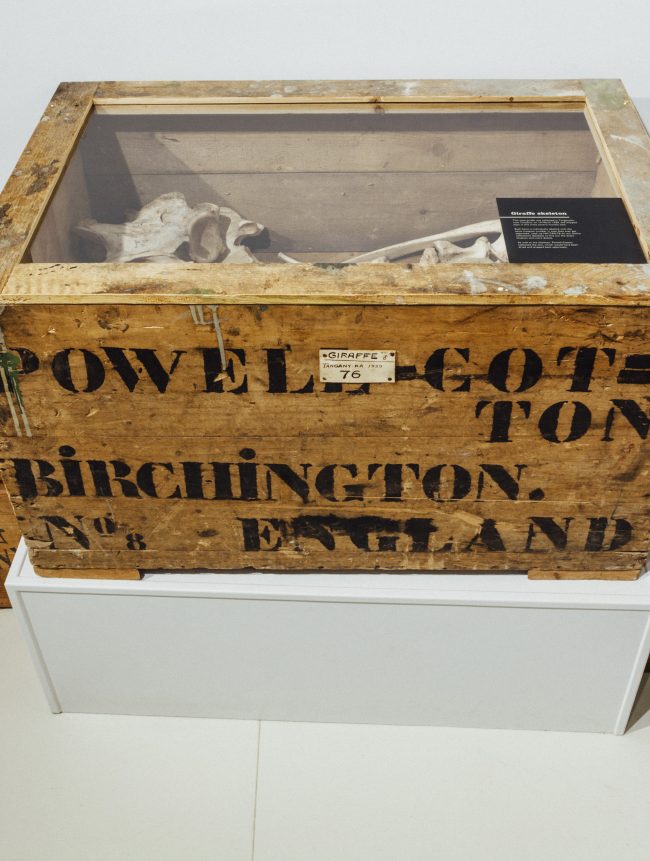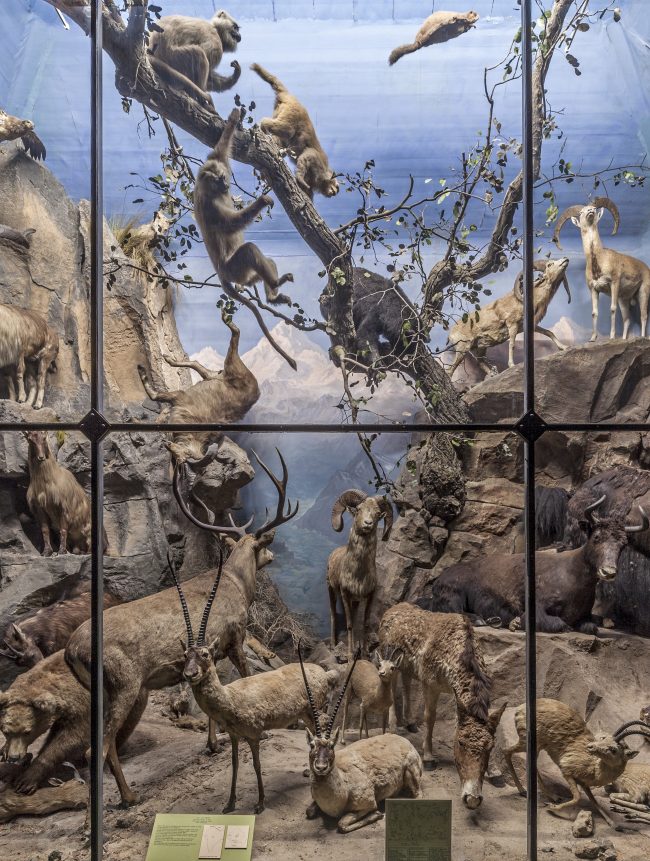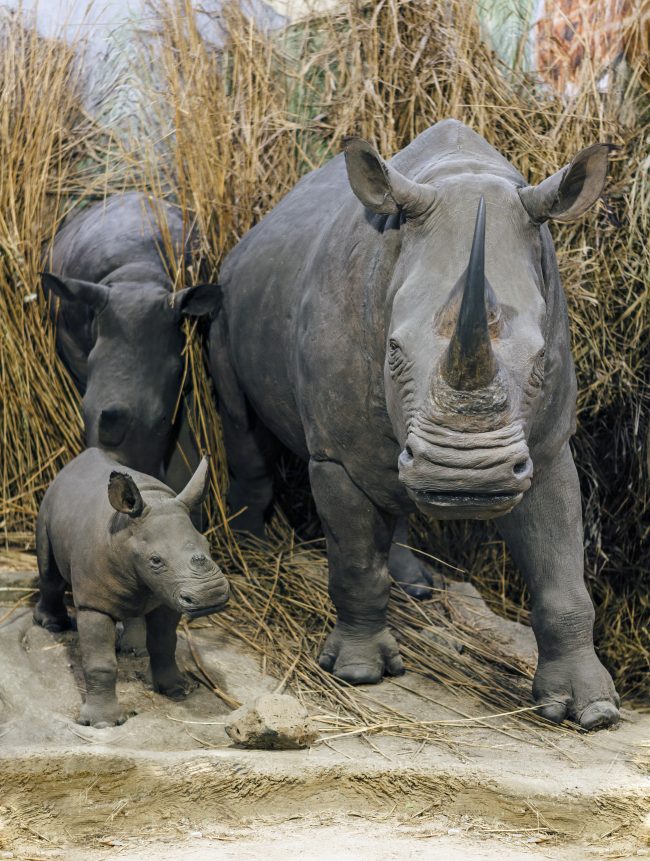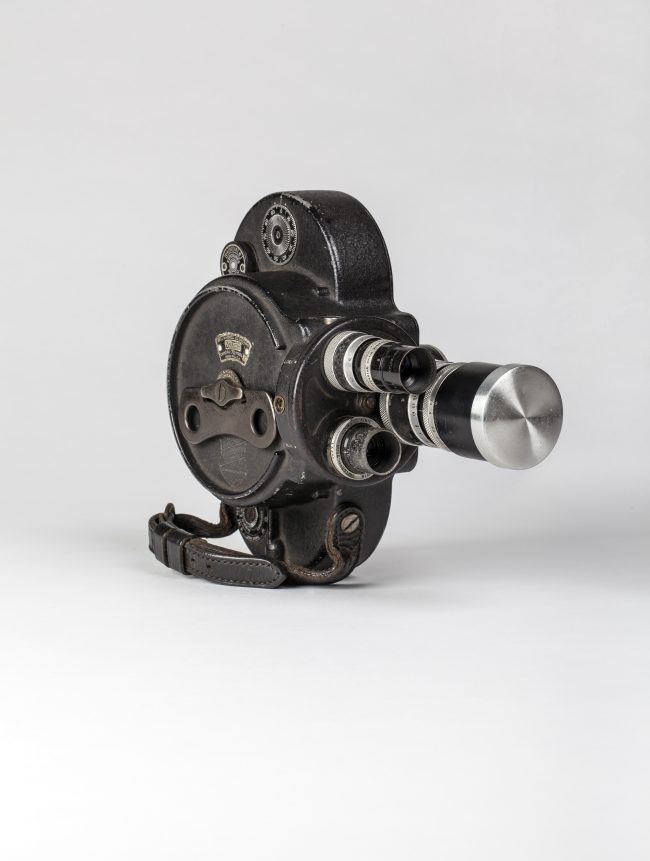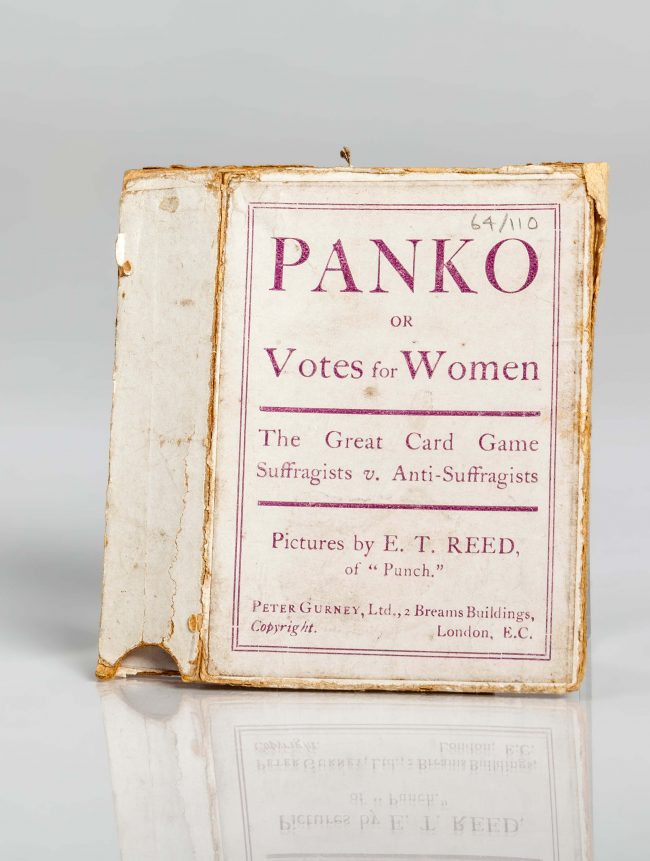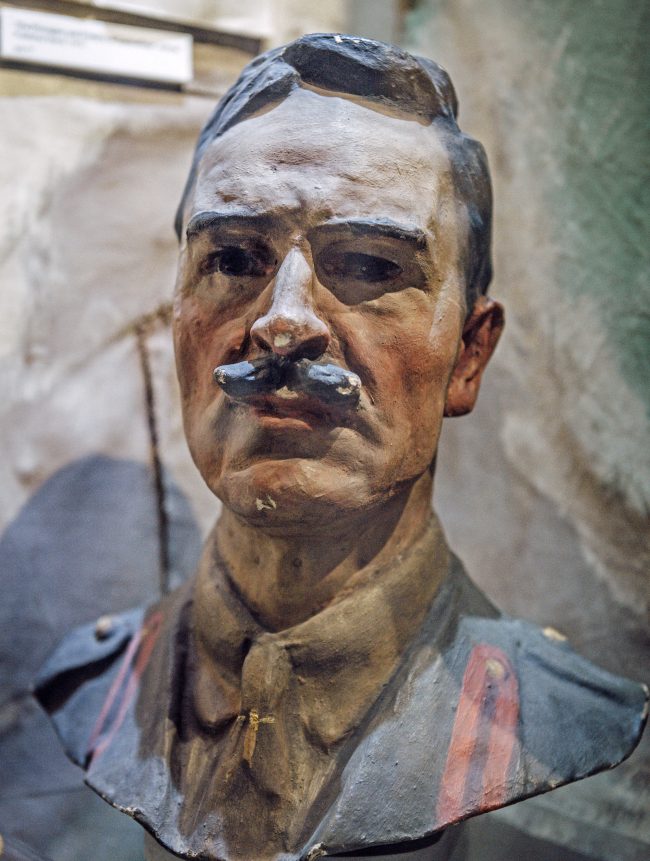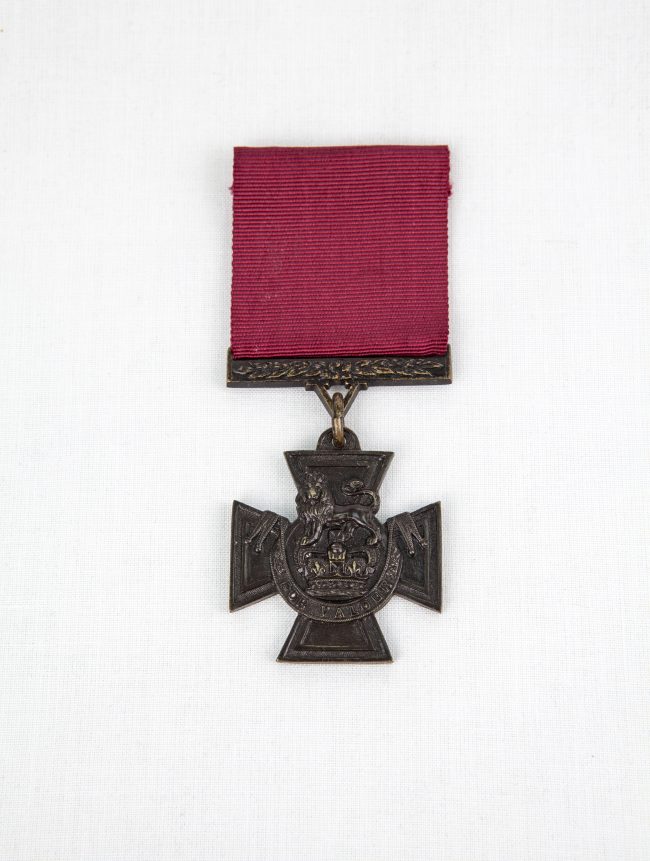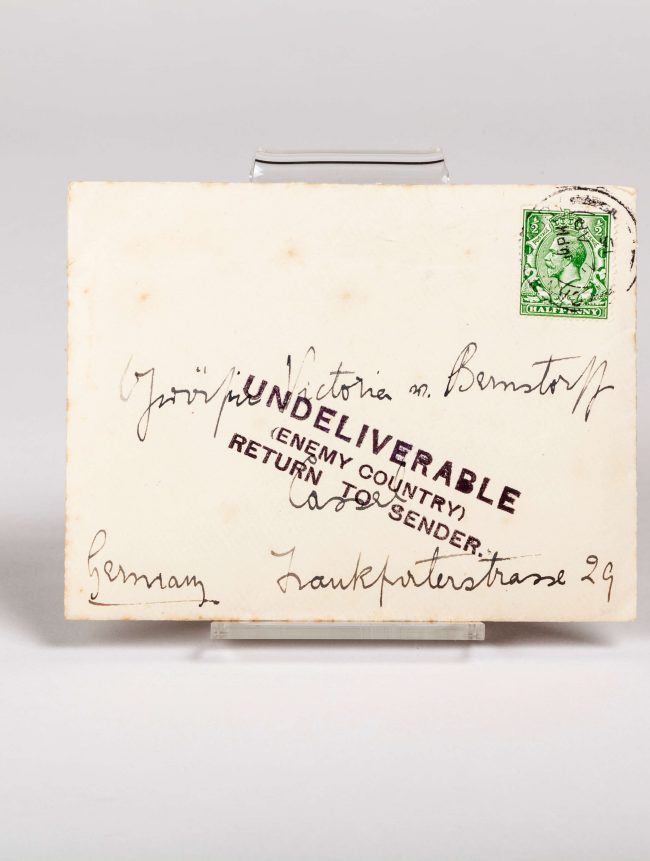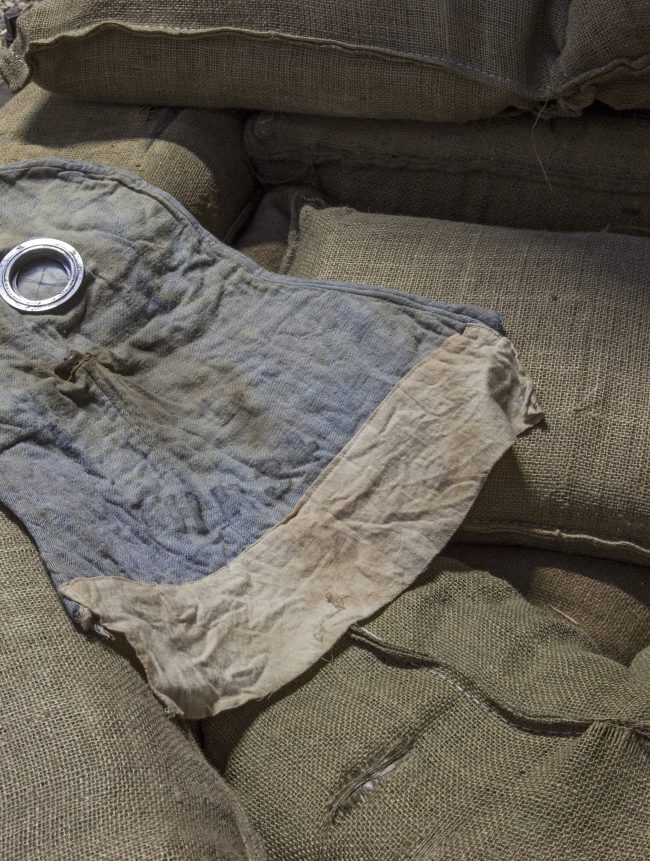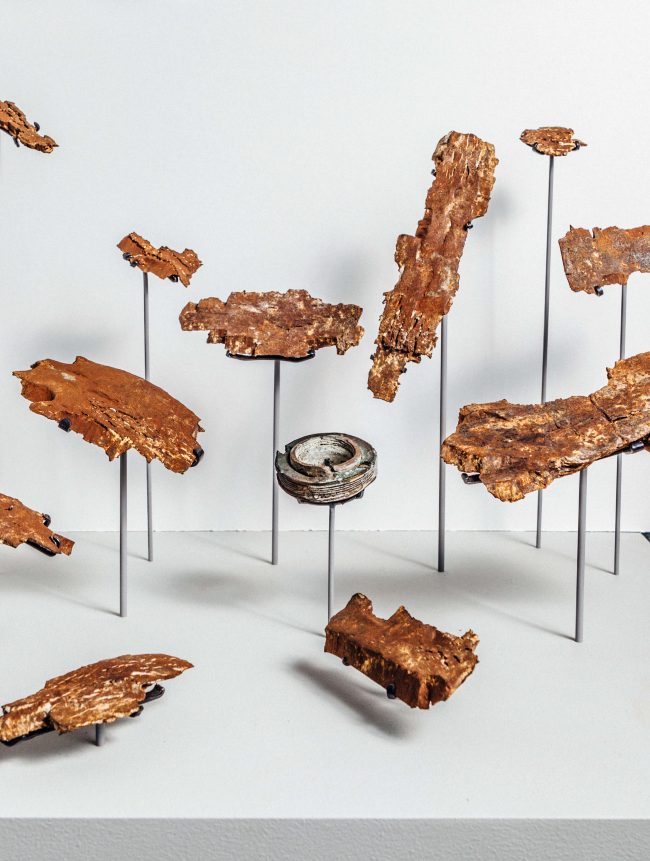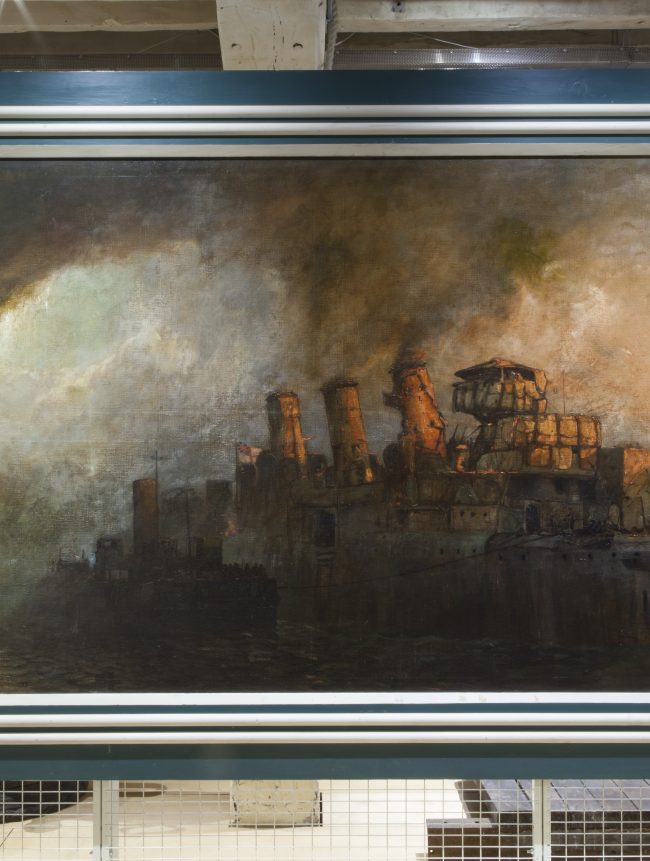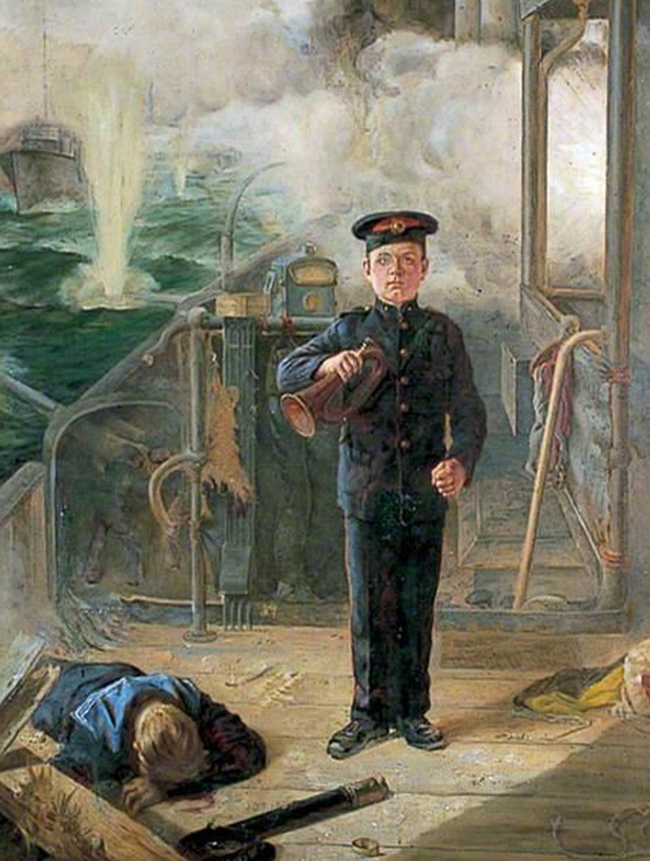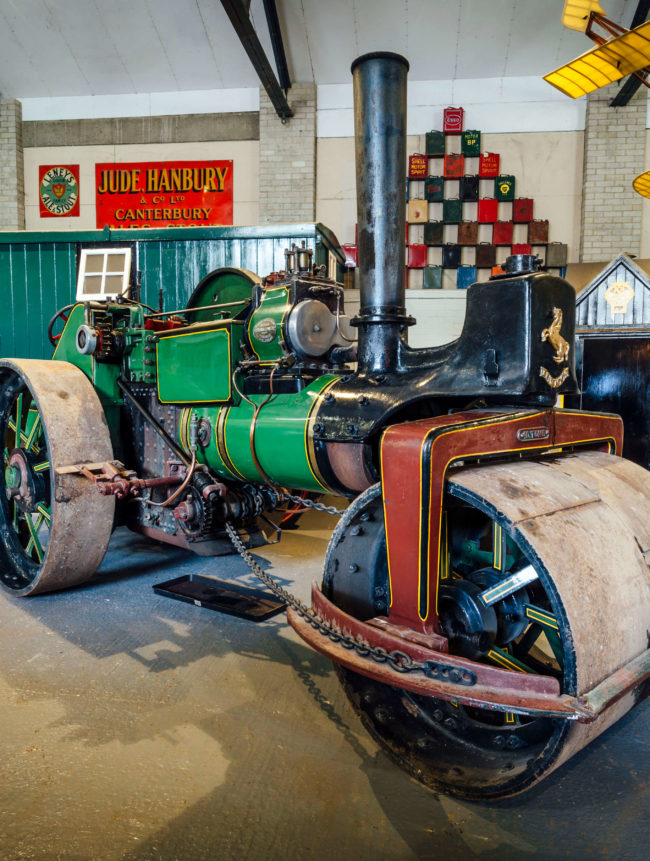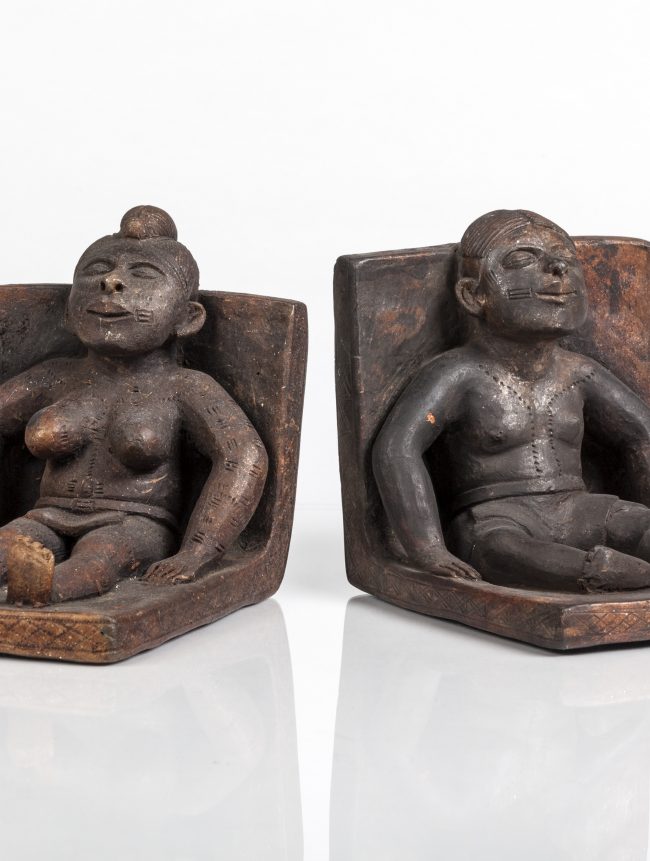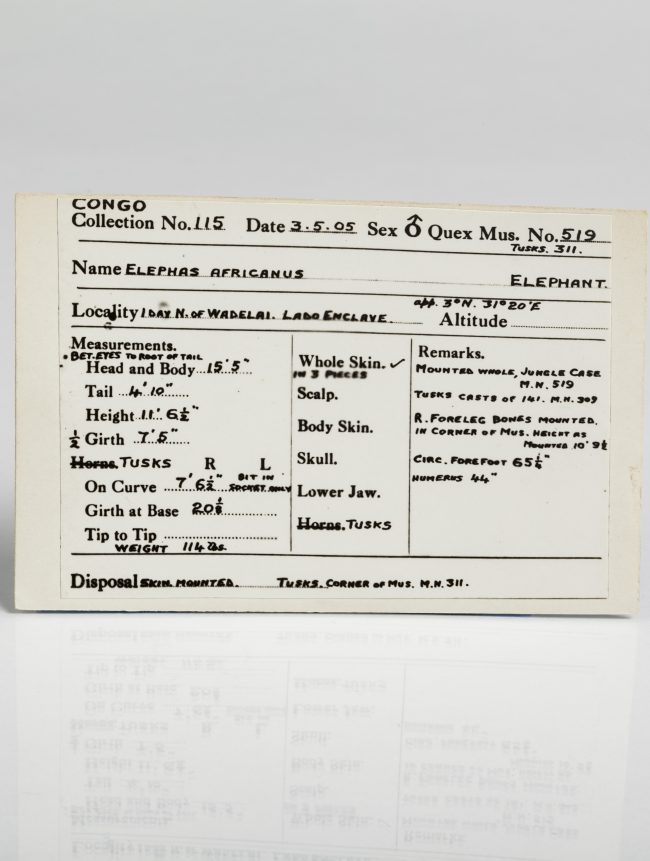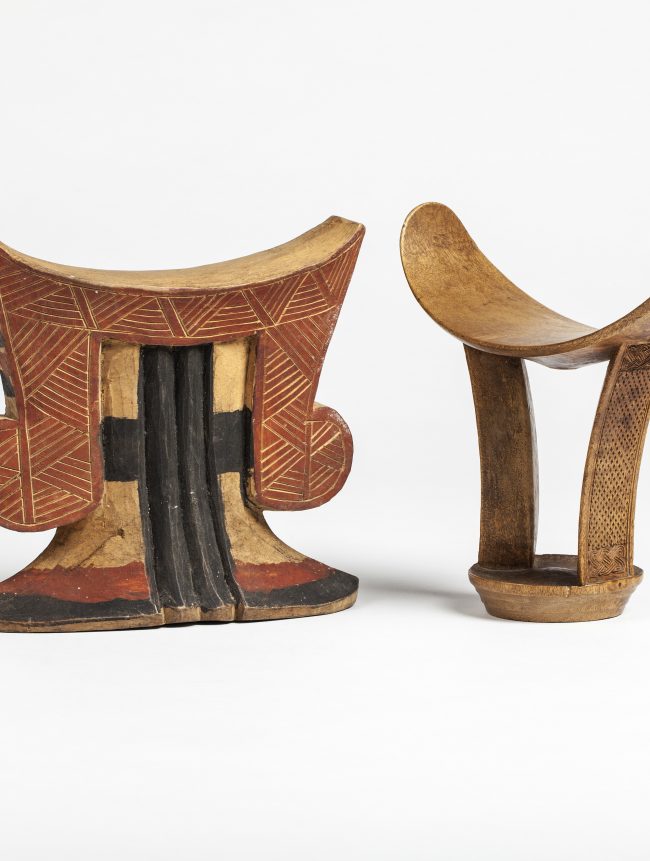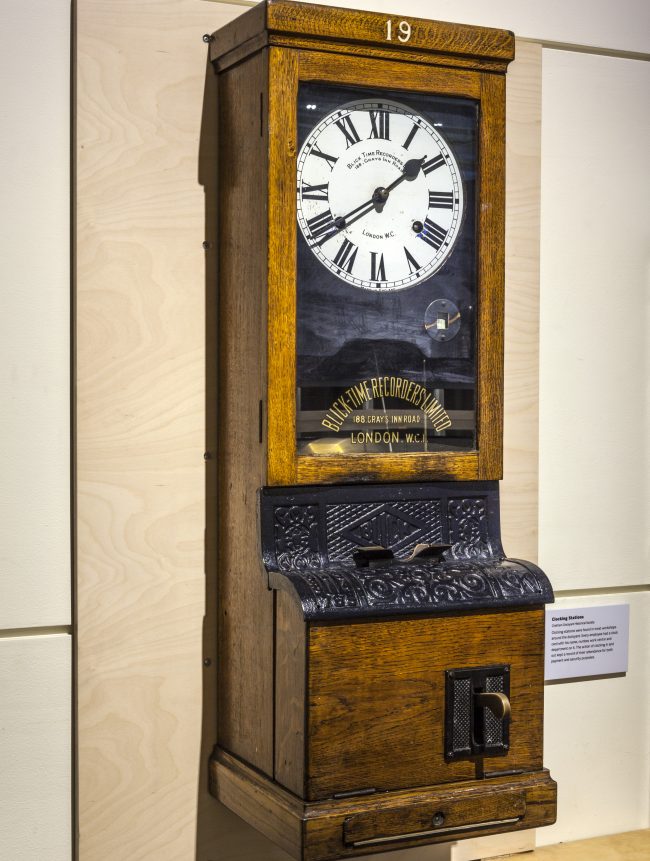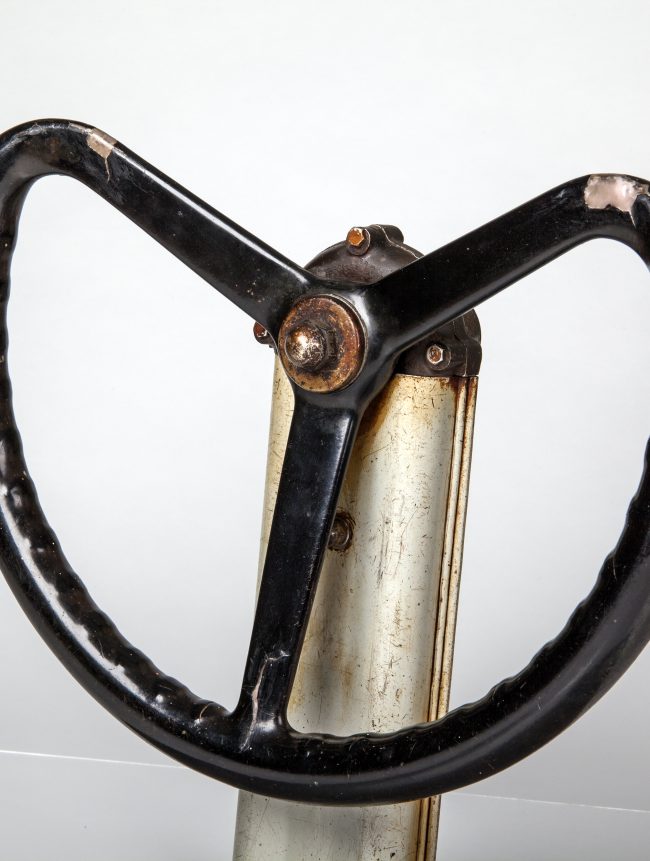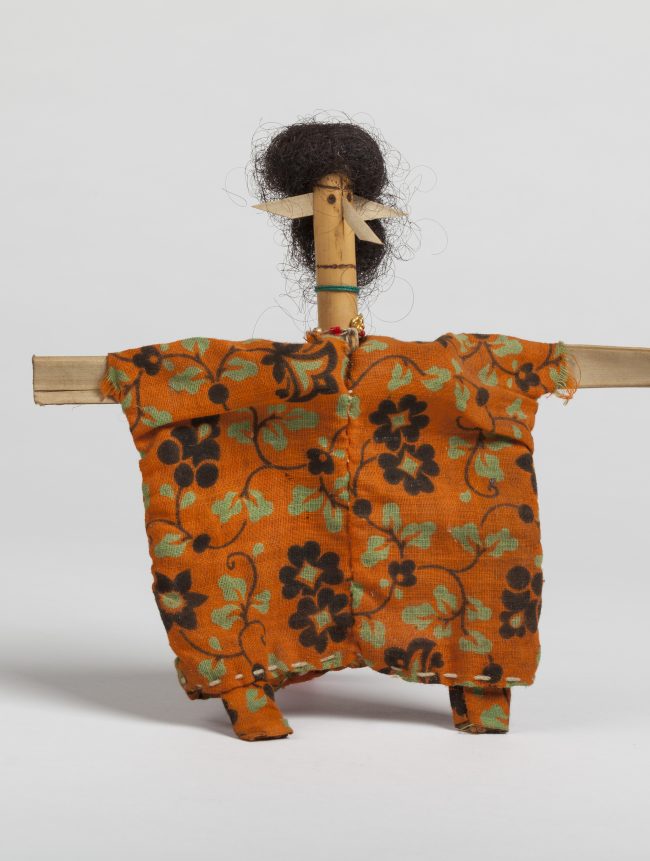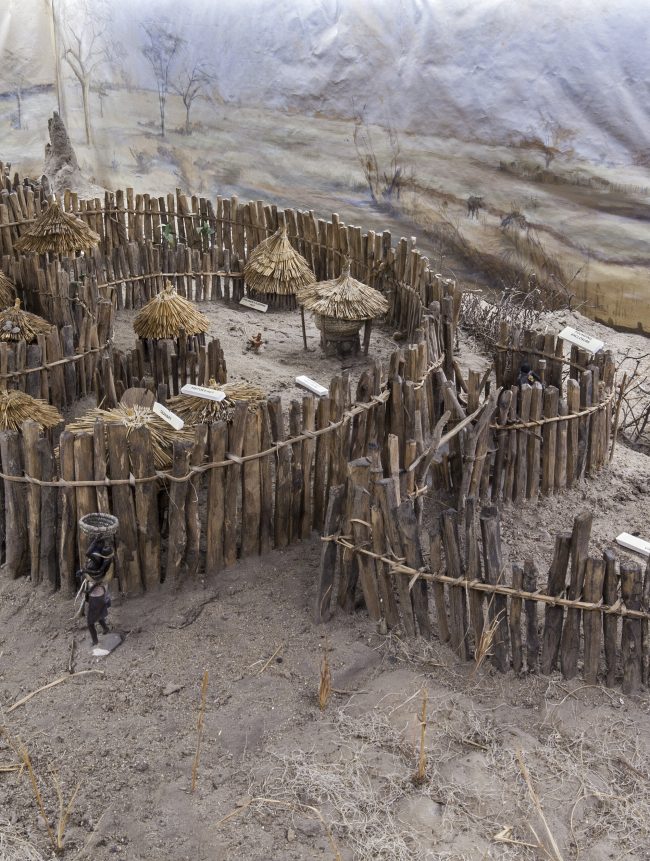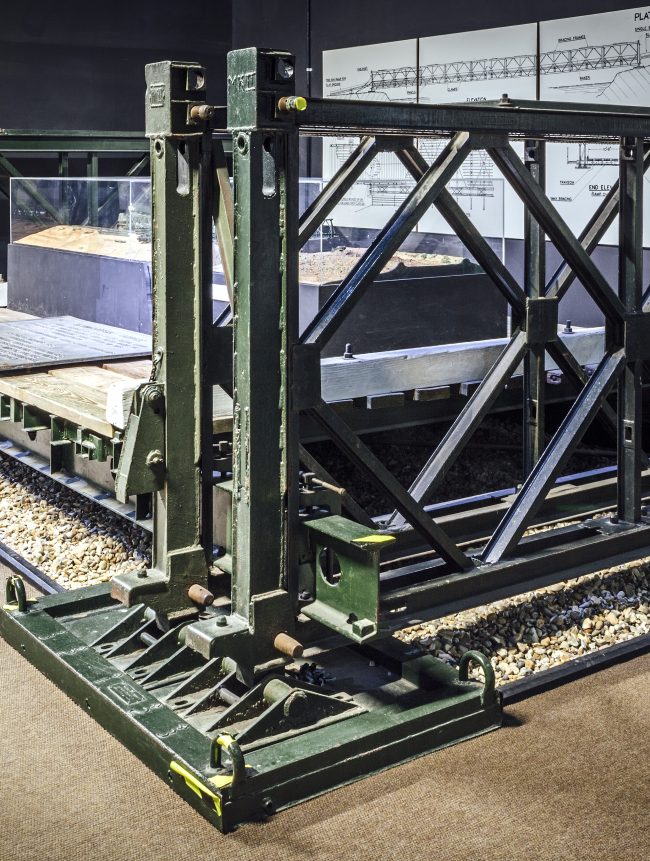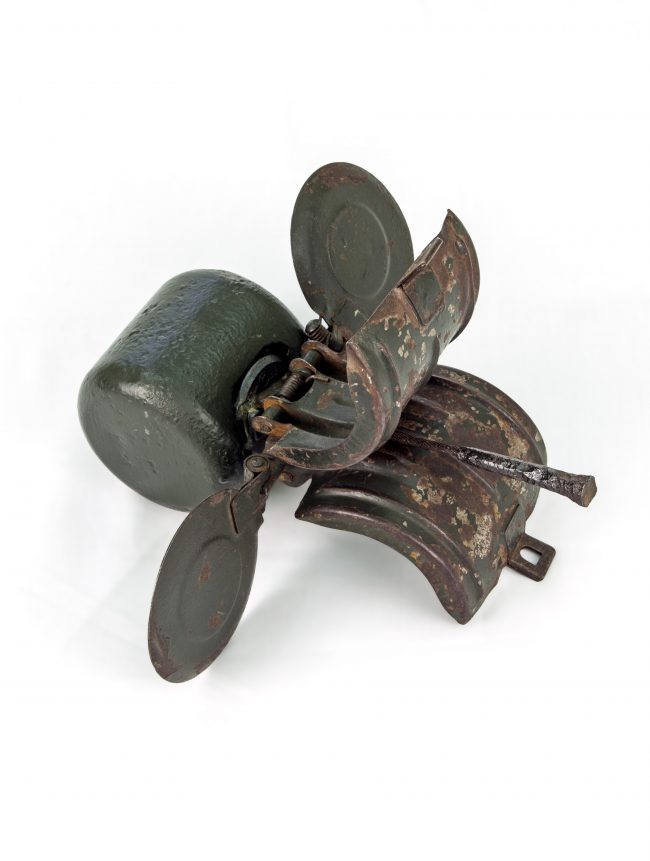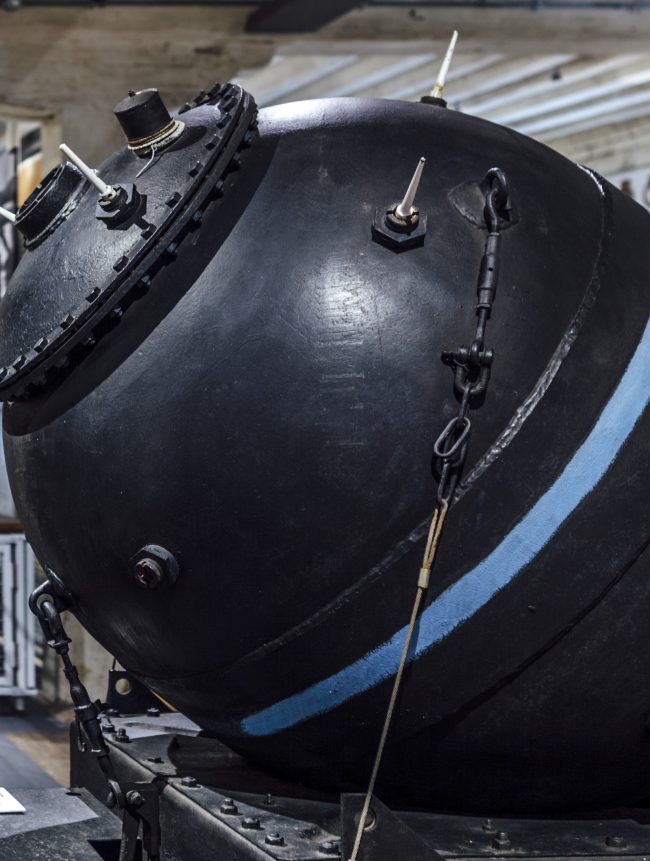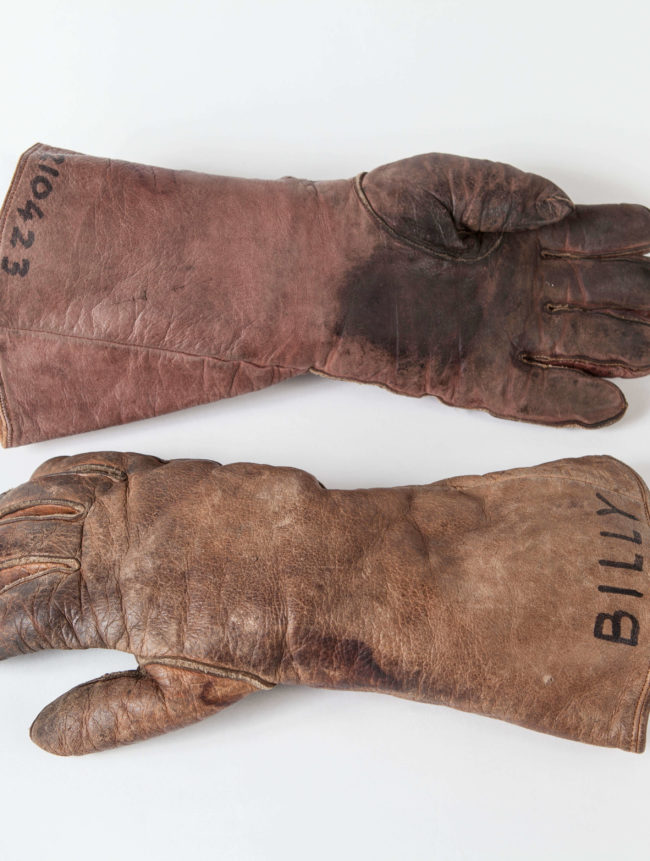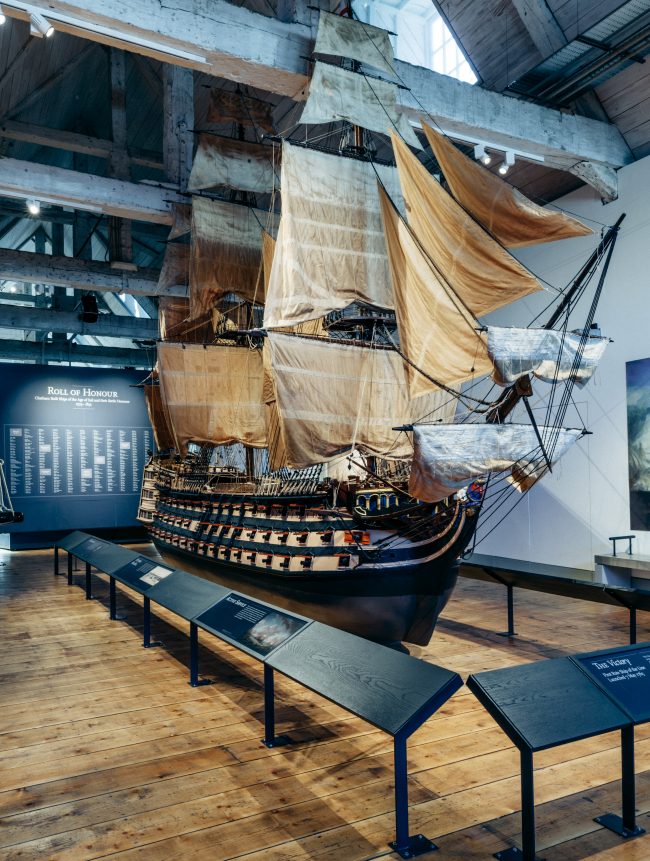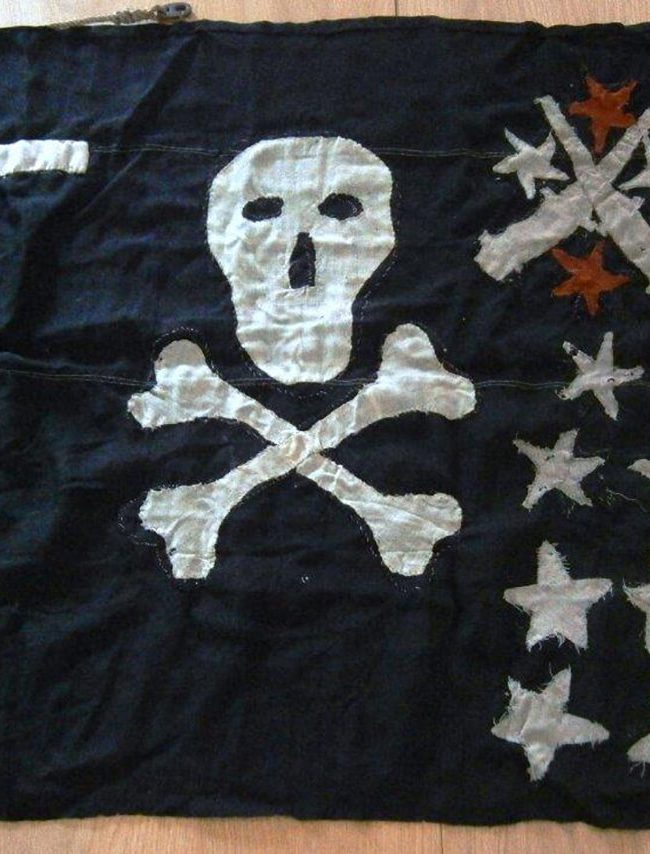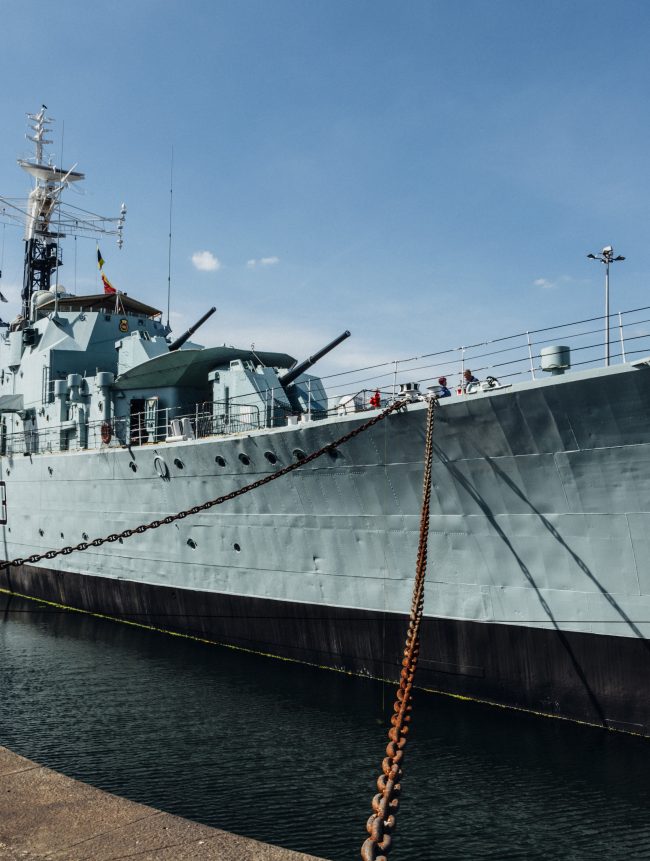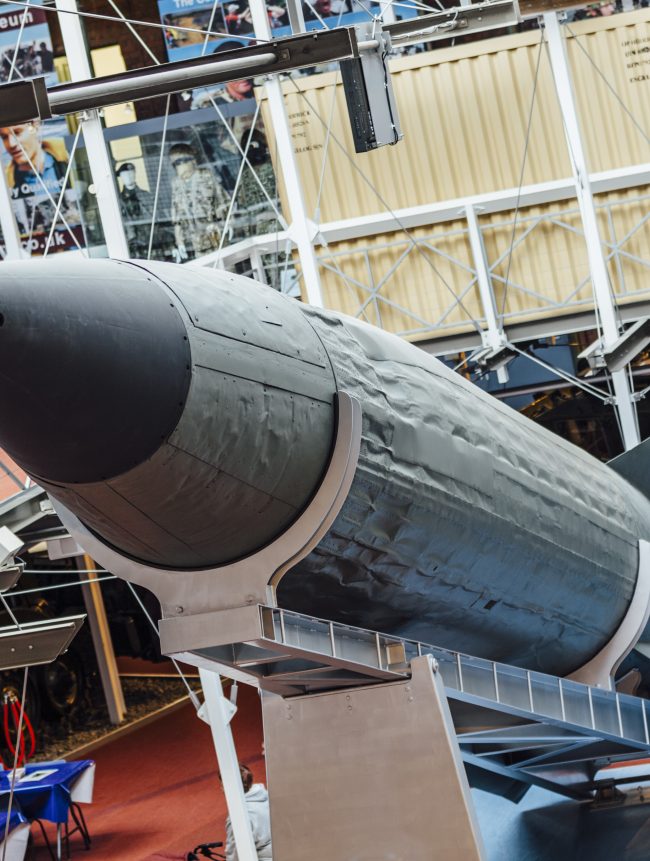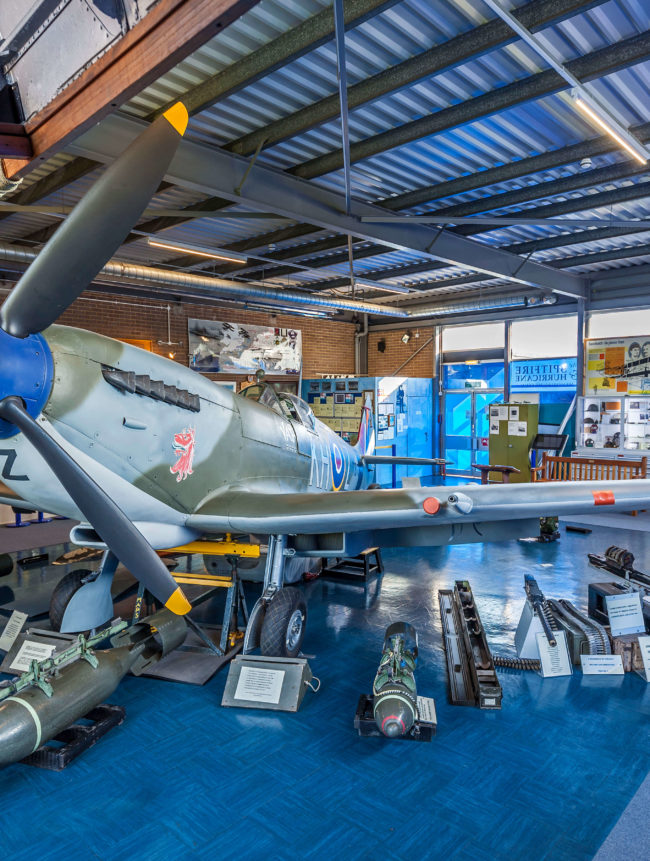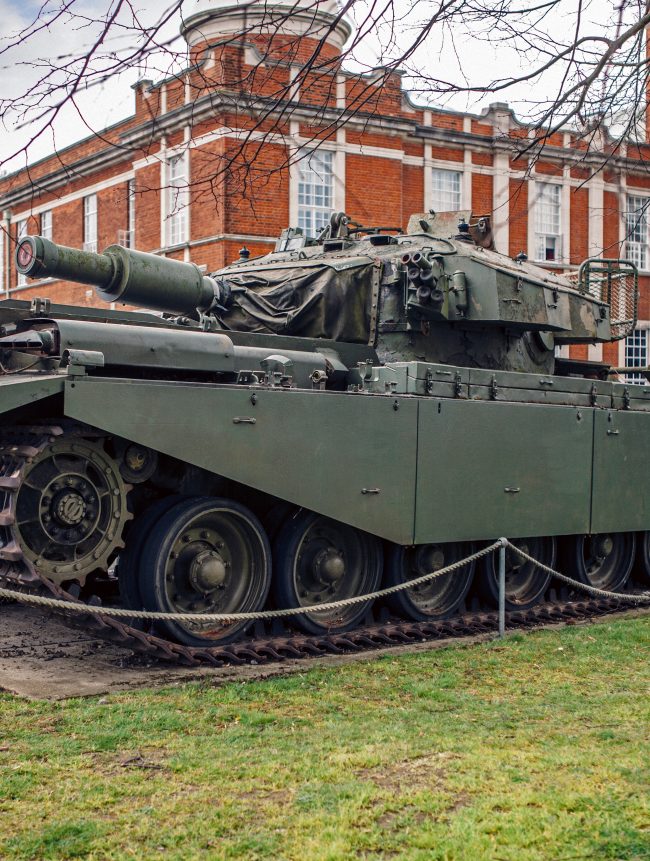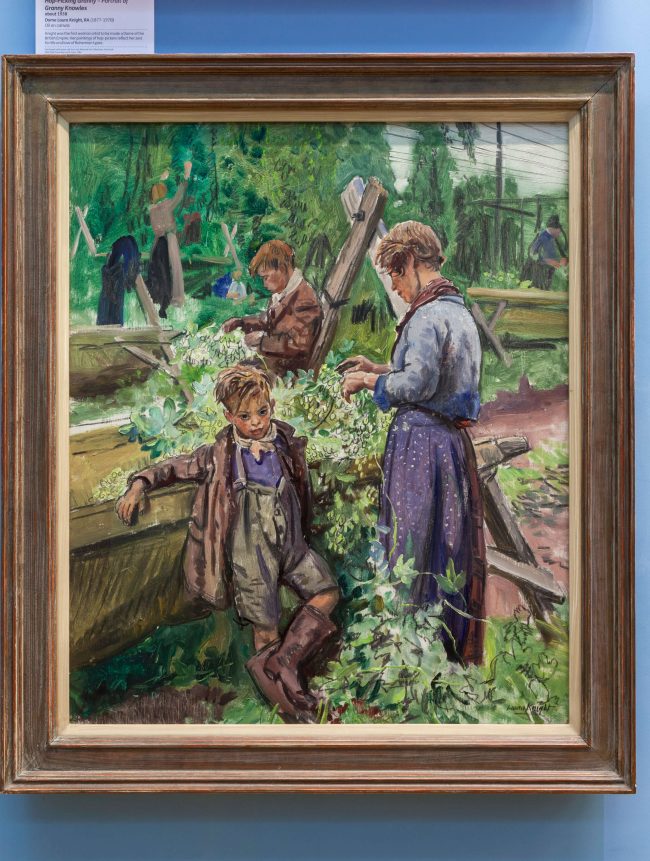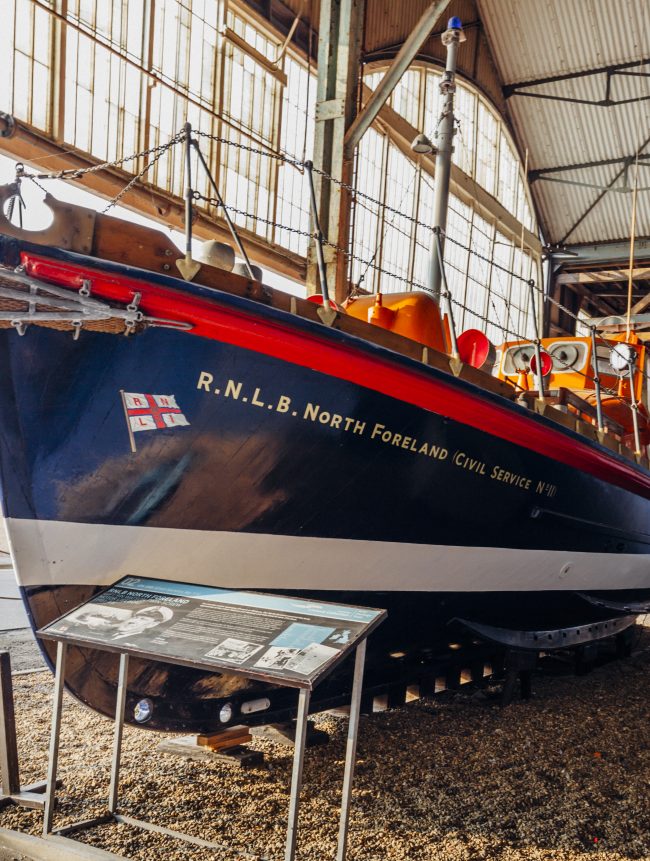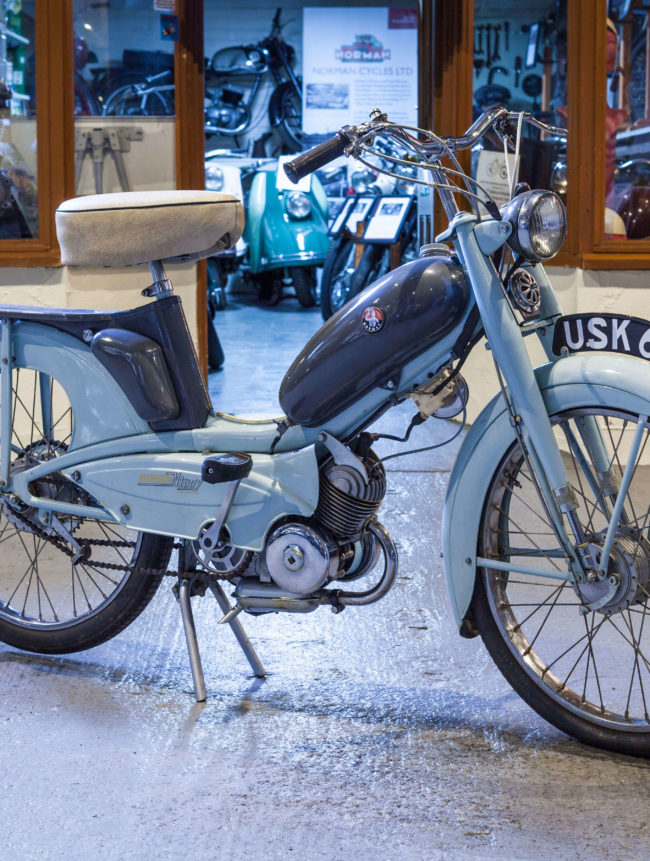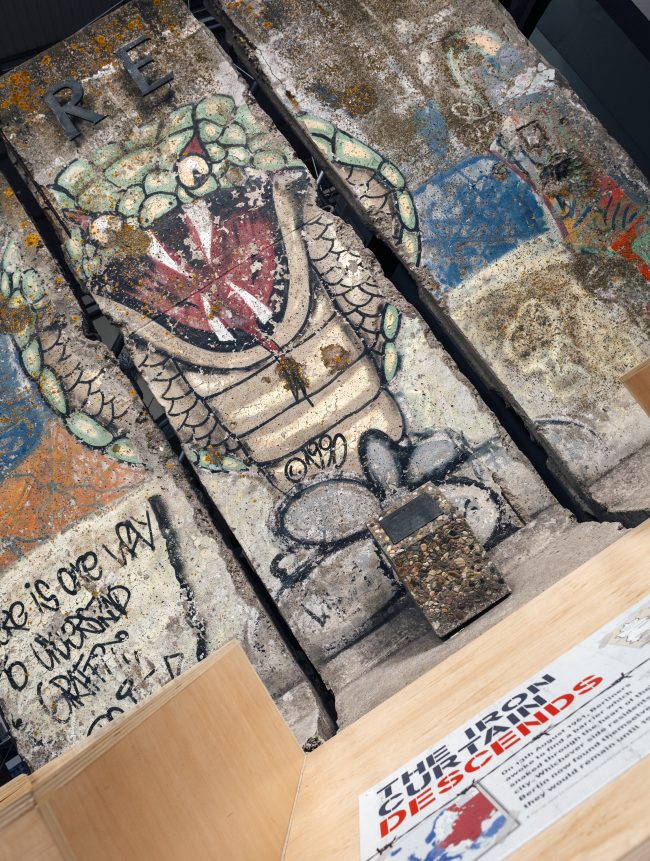About
Ocelot was the last warship built at Chatham Dockyard for the British Royal Navy and served through the height of the Cold War. Launched from the Historic Dockyard’s No.7 Slip, Shipbuilding – especially warship construction at Chatham and Sheerness influenced the development of North Kent and Medway for over 350 years, the Navy’s ships operating from the county’s Royal Dockyard’s, ports and anchorages played a major role in ‘Front-line Kent’ and have left a historical and technological legacy that continues to today.
Learning
As designed for British service, the Oberon-class submarines were 241 feet (73 m) in length and 295.2 feet (90.0 m) in length, with a beam of 26.5 feet (8.1 m), and a draught of 18 feet (5.5 m). Displacement was 1,610 tons standard, 2,030 tons full load when surfaced, and 2,410 tons full load when submerged. Propulsion machinery consisted of 2 Admiralty Standard Range 16 VMS diesel generators, and two 6,000 shaft horsepower (4,500 kW) electric motors, each driving a 7 feet (2.1 m) 3-bladed propeller at up to 400 rpm. Top speed was 17 knots (31 km/h; 20 mph) when submerged, and 12 knots (22 km/h; 14 mph) on the surface. Eight 21-inch (530 mm) diameter torpedo tubes were fitted (six facing forward, two aft), with a total payload of 24 torpedoes. The boats were fitted with Type 186 and Type 187 sonars, and an I-band surface search radar. The standard complement was 68: 6 officers, 62 sailors.
Curriculum Links:
- KS1: Local History, Significant Events, Everyday Materials
- KS2: Local History, Cold War, Forces, Materials and their Properties, Individual Liberty, Democracy
- KS3: Local History, Britain 1901- Present Day, Developments in Design and Technology, Materials and Components, Forces
- KS4: Metals and Alloys
